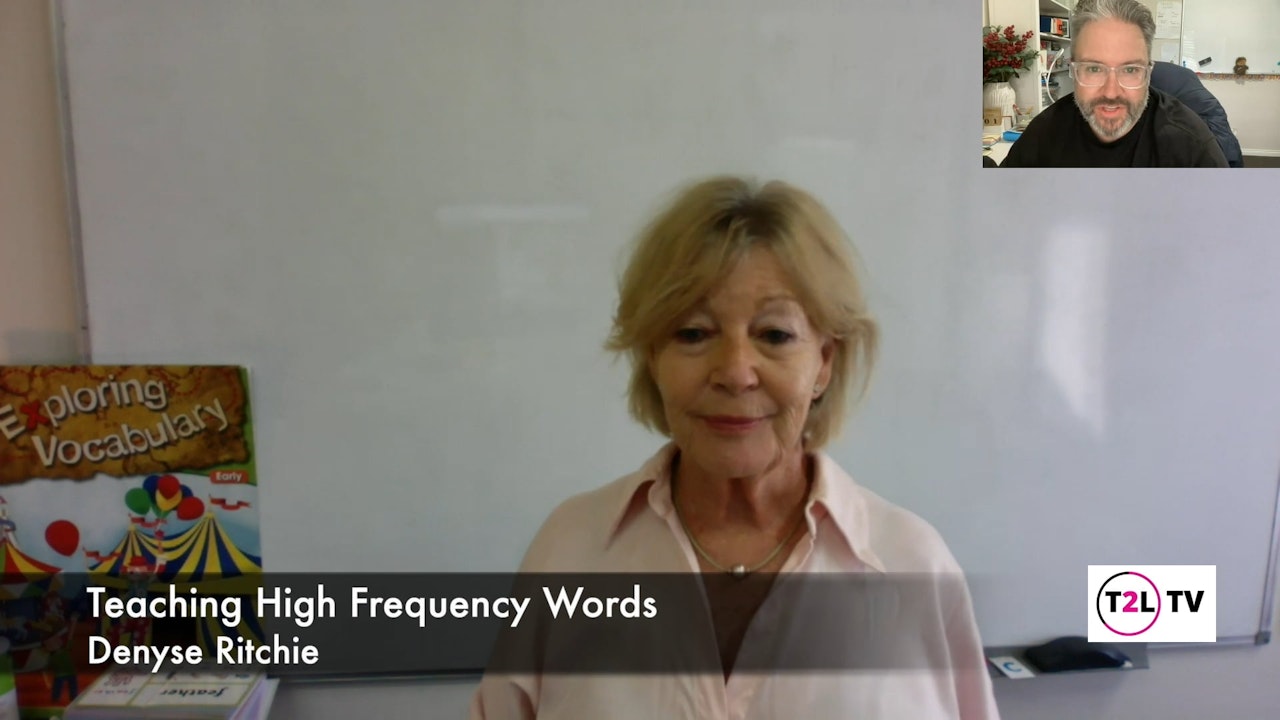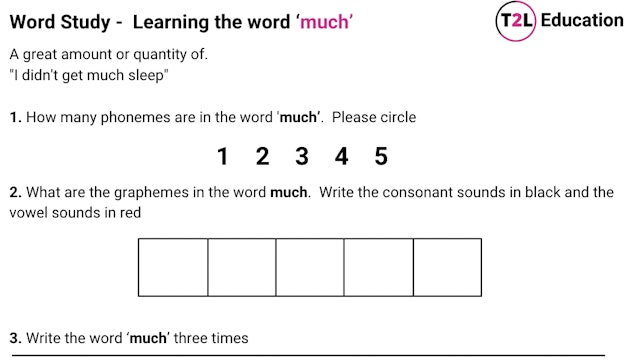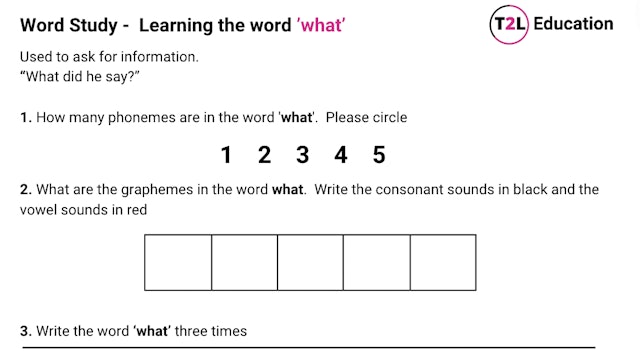-
Teaching 'my'
-
Teaching 'for'
-
Teaching 'much'
-
Teaching 'do'
-
Teaching 'what'
-
Teaching 'have'
-
Teaching 'should, could and would'
-
Teaching 'they'
-
Teaching 'with'
-
Teaching 'the'
-
Teaching 'why'
-
Teaching 'we'
This content delves into the phonics of different words, particularly 'we' and 'went'. It highlights the meaning of 'we' as a group or two individuals, and provides examples. The distinction between 'we' and 'went' is clarified to avoid confusion. The importance of teaching these words together i...


























